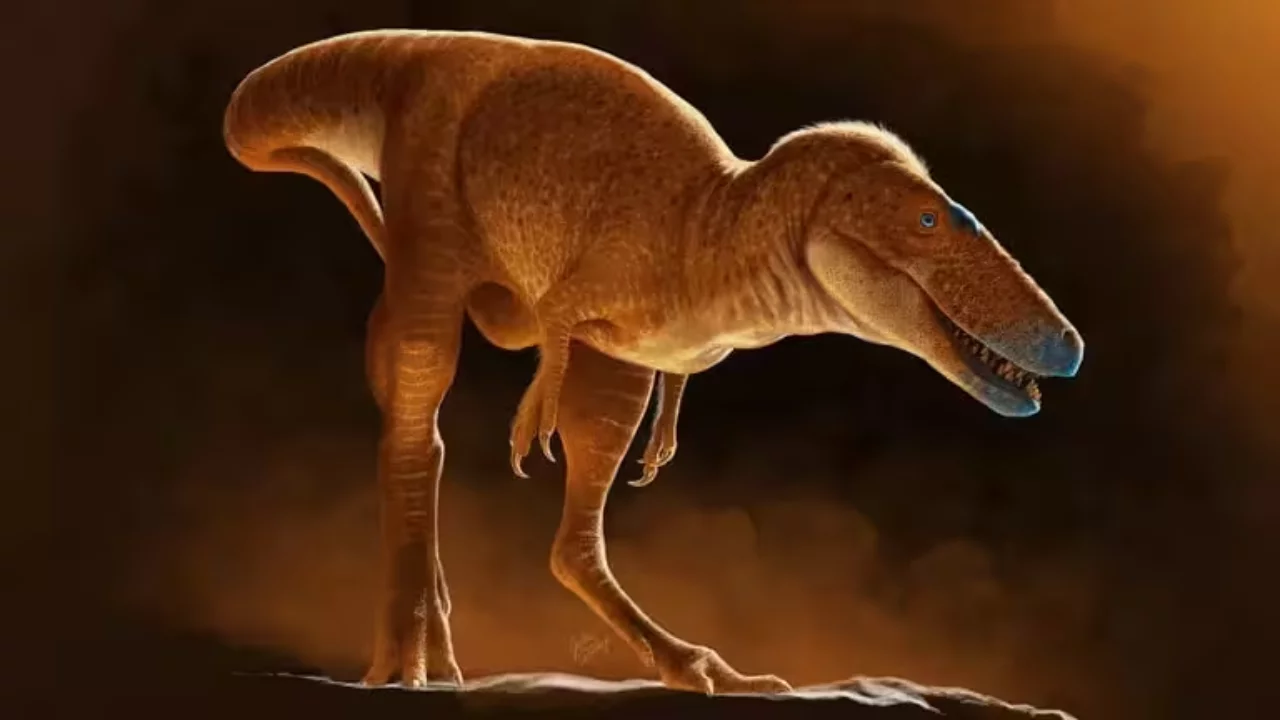
A new paleontological discovery has sparked a flurry of interest in the scientific community: scientists have identified a new species of tyrannosaur that lived in the Gobi Desert 86 million years ago, previously unknown to mankind. The new find, named Khankhuuluu mongoliensis, is believed to be one of the earliest representatives of the famous T-Rex.
According to the ABC and Science Alert websites, the remains of this species were first discovered in the Gobi Desert of Mongolia in the 1970s, but were not given enough attention at the time and were traditionally considered to belong to the alectosaurs. Several decades later, in 2023, a graduate student at the University of Calgary revisited these fossils and scientifically proved that they belong to an entirely new species, based on unique anatomical features around the nose.
Khankhuuluu mongoliensis was relatively small, measuring about two meters long and weighing about 750 kilograms. The structure of its legs allowed it to move quickly, but the shape of its skull and the weakness of its cranium did not make it a formidable predator like the T-Rex. According to researchers, this dinosaur prepared the evolutionary ground for the T-Rex, which would appear 20 million years later and is considered one of the most famous predators in history.
This discovery helped scientists shed light on the most obscure and previously completely unstudied period of tyrannosaur evolution. Now, scientists have the opportunity to study in more depth the development of predators, their lifestyle and mechanisms of adaptation to the external environment through this new species.
Interestingly, in the world of paleontology, there are enthusiastic speculations not only about the past, but also about the future. According to the latest analysis of New Zealand scientists, by 2200, some species of reptiles on Earth may reach gigantic sizes. Even iguanas, which are now considered small, are expected to grow to the size of large dogs in the future.
In conclusion, it can be said that Khankhuuluu mongoliensis was one of the scientific discoveries that gave a new impetus not only to the past, but also to the future. This encourages humanity to discover still unknown aspects of dinosaur evolution, nature and the development of life. Read “Zamin” on Telegram!
Ctrl
Enter
Found a mistake?
Select the phrase and press Ctrl+Enter Related news
Information
Users of Меҳмон are not allowed to comment this publication.
Users of Меҳмон are not allowed to comment this publication.














